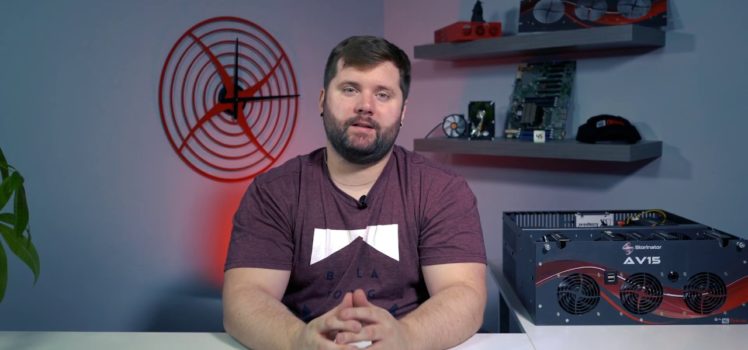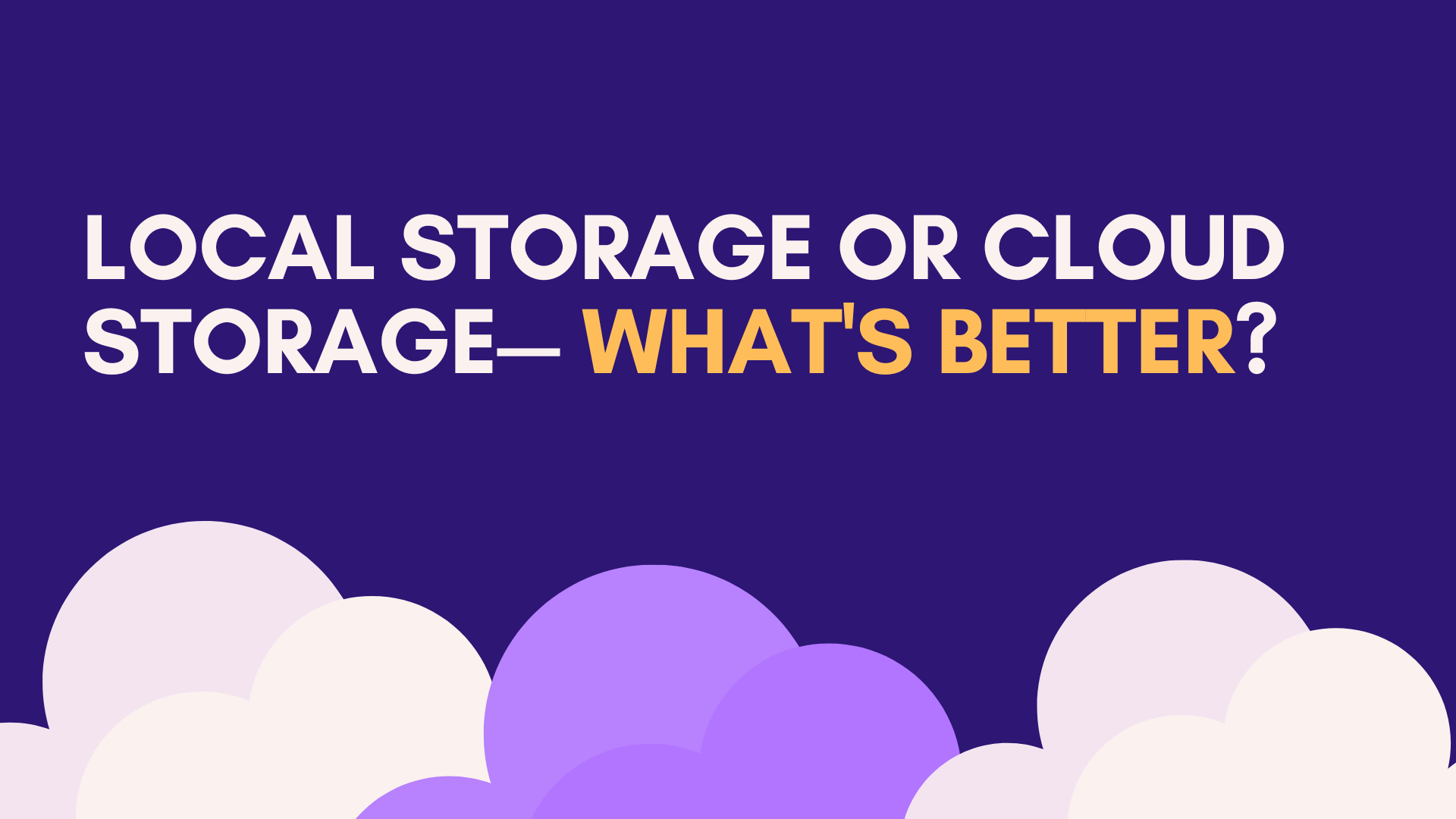Tech Tip – Choosing the Right RAID Configuration

How do you choose the right RAID configuration? Our 45Drives engineers are here to help answer that question! Check out this week’s Tuesday Tech Tip to find out the 5 main aspects to consider when choosing your RAID levels.
Hey everyone, Mitch here from 45Drives. Welcome back to our weekly tech tip series, today we are going to be talking about choosing the right RAID configuration.
Alright so choosing the right RAID level is really going to depend on what is most important to you and the application you’re going to be using.
Choosing the right RAID level depends on what is most important for your use case and the application you’re going to be using. There are 5 main things to consider when choosing your raid levels:
- Storage efficiency
- Performance
- Data redundancy
- Rebuild factor
- Cost-effectiveness
The main thing to remember is that there is always a form of tradeoff between these five factors. We have an in-depth blog post that dives into more detail about RAID levels.General guidelines and information:
- The best storage efficiency and speed, but losing data isn’t a worry there is nothing faster than a RAID 0. It is near 100% space-efficient, but if you lose one drive the whole pool will be lost. This is sometimes used for applications like video editing if all your data is backed up for maximum speed. This might be a great option for video editors, for a working or scratch drive – but I would never recommend going larger than 2 or 3 in a RAID 0.
- If redundancy is important and you have a need for high theoretical read performance, you may want to look at a RAID10. A RAID10 is considered faster than a RAID 60 but if two drives fail from the same mirror than you have a failed raid on your hands. Whereas a RAID 60 can handle two failed drives from the same array.
- Now, this is where the trade-offs between those 5 different things I mentioned earlier really come into play. If storage efficiency is more important, and packing the server as full as possible is your main priority then you may want to use a RAID 60 with no more than 3 arrays in the stripe.
One thing to remember is that no matter what type of RAID you use, it is not a backup. If your software or OS corrupts the data on your RAID, it may spread throughout the entire array, making your data impossible to recover. Proper backup is always a separate copy of your data, preferably in a different location.
To learn more check out our knowledgebase articles.




